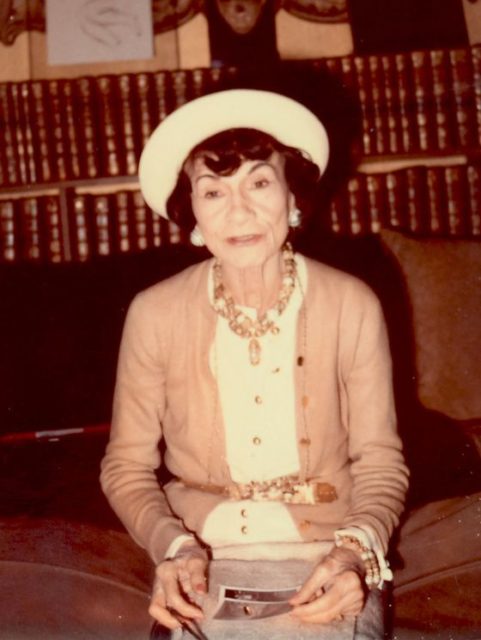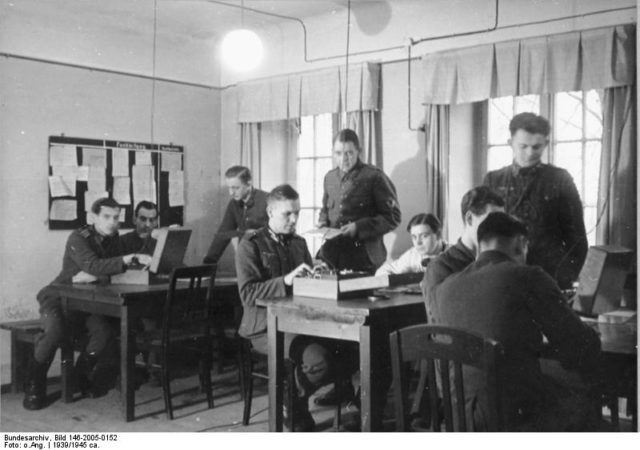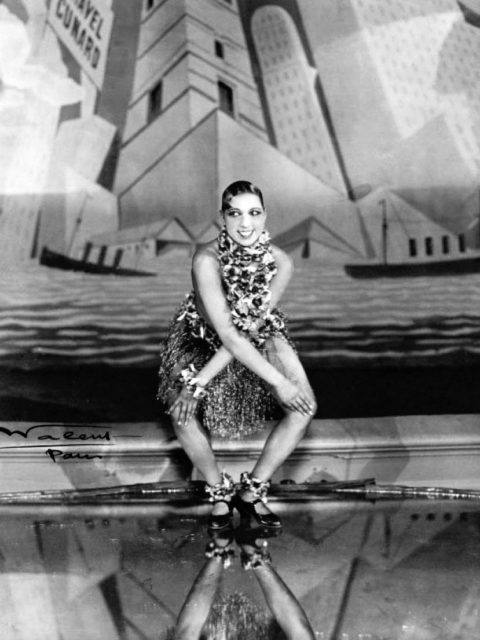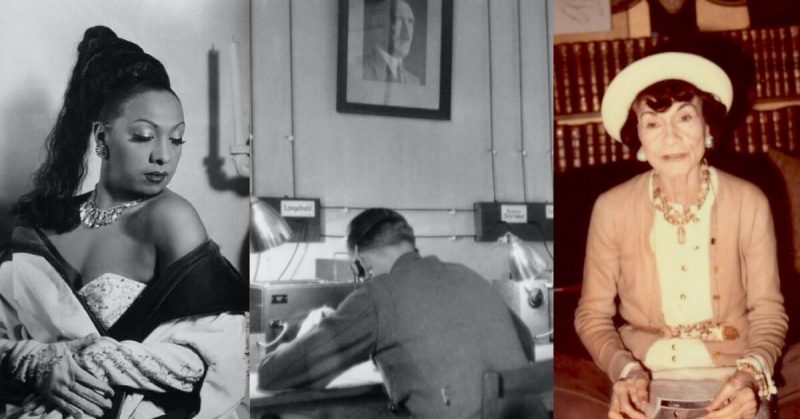Historians in France released archives from that country’s secret service that give a view into operations by both the Nazis and the French Resistance during World War II. They also show the tracking of movements of individual suspected agents, including the French designer Coco Chanel.
Most of the documents were never released. The files include documents from the French Resistance, the Vichy regime, and the Nazis seized at the end of the war. They were stored in the medieval castle, Vincennes, east of Paris.
The released documents reveal details of German operations to find members of the French Resistance. They also include the activities of Gen. Charles De Gaulle’s government and the work done to track down war criminals.

The French secret service files on celebrities they found suspicious are also among the released documents. They include a note written about Coco Chanel in November of 1944.
“A source in Madrid informed us that Madam Chanel was in 1942-43 the mistress and agent of Baron Guenter von Dinklage. Dinklage used to be an attaché at the German embassy in 1935. He worked as a propagandist and we suspect him of being a (German) agent,” the document says.
Frederic Queguineur, in charge of the secret services’ archives, says that the file shows that Coco Chanel was documented as an agent by the Abwehr, the Nazi intelligence agency.

“From the German point of view, they registered her,” he told the Associated Press, “so it means she potentially could be a source of information, fulfill a mission, work for them. But from her point of view, we don’t know if she was really aware of that.”
In 1999, following a decision by the government, hundreds of boxes were given to the defense ministry’s archives. They were not classified so that foreign countries could not easily find the secret documents. Only half of the documents have been indexed.
“We have been captivated by the importance… and the richness of these archives, the feeling, in some way, to find documents that had never been seen for 70 years,” Queguineur said.
As the archives are inventoried, the public may access them. You have to go view them in person at the Chateau de Vincennes as they have not yet been digitized.
Thomas Fontaine, a historian points out that history is more complicated than dividing people between resistors and betrayers. He used the leader of a regional resistance group, who defected, as an example.

“It’s very clear in the files of the Gestapo that they detain his wife and daughter in order to make him talk,” he said.
There are many notes that give personal details on people involved with either the French or German operations. In 1943, the French secret service wrote a note about the American singer-dancer, Josephine Baker. She worked with the De Gaulle government to help free France.
“She demonstrates a tremendous devotion, she is totally unselfish. Keen and vibrant spirit, she is able to render us great services,” it said.
At the end of the war, there were many resistance members that told their stories to the French intelligence services. Sebastian Albertelli is a historian who is beginning to research some 600 women who served in uniform in De Gaulle’s army.
“I can hear their voices, I can let them talk (with these documents),” he said.
